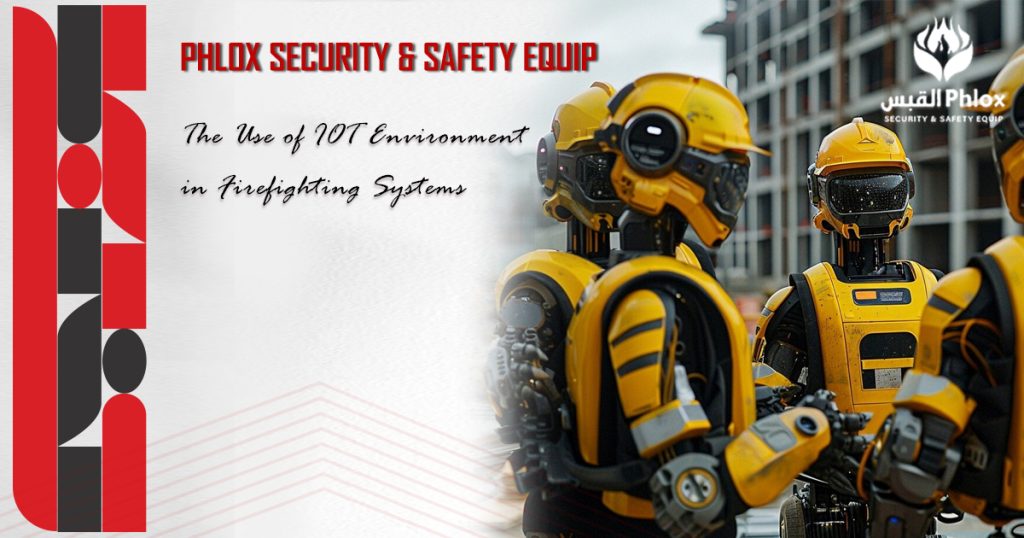
The Use of IOT Environment in Firefighting Systems
In the contemporary landscape of technological advancement, the integration of firefighting systems into the Internet of Things (IoT) environment represents a significant leap forward in enhancing safety and response capabilities. This convergence marries traditional firefighting methodologies with cutting-edge IoT technologies, revolutionizing how we detect, prevent, and combat fires.
At the heart of IoT-enabled firefighting systems lie interconnected sensors and devices strategically placed in buildings, industrial facilities, and public spaces. These sensors continuously monitor crucial parameters such as temperature, smoke levels, gas concentrations, and even air quality in real-time. By collecting and analyzing this data, IoT platforms can swiftly detect potential fire hazards or outbreaks, enabling proactive measures to be taken before situations escalate.
Moreover, IoT-based firefighting systems offer remote monitoring and control functionalities, empowering firefighters and building managers with comprehensive oversight of fire-related conditions. Through web-based dashboards or mobile applications, stakeholders can access live updates, view sensor readings, and even remotely activate suppression systems or evacuation protocols when necessary. This capability not only expedites response times but also optimizes resource allocation and minimizes risks to human life.
Furthermore, the integration of machine learning algorithms and predictive analytics enhances the intelligence of IoT firefighting systems. By analyzing historical data and patterns, these algorithms can anticipate potential fire incidents, identify high-risk areas, and recommend preemptive measures to mitigate risks effectively. This predictive capability not only enhances safety but also optimizes resource allocation and reduces the likelihood of false alarms, thereby minimizing disruptions and costs associated with unnecessary evacuations or responses.
IOT & Firefighting Systems in Industrial Fields:
In industrial settings, IoT-enabled firefighting systems offer additional benefits by integrating with existing infrastructure such as fire suppression systems, sprinklers, and ventilation systems. Through seamless communication and interoperability, these systems can automatically trigger appropriate responses based on real-time sensor data, thereby containing fires more effectively and minimizing damage to assets and equipment.
In conclusion, the integration of firefighting systems into the IoT environment represents a transformative advancement in fire safety and emergency response. By leveraging interconnected sensors, remote monitoring capabilities, and predictive analytics, these systems empower stakeholders with enhanced situational awareness, proactive intervention, and efficient resource utilization, ultimately saving lives and preserving property.




